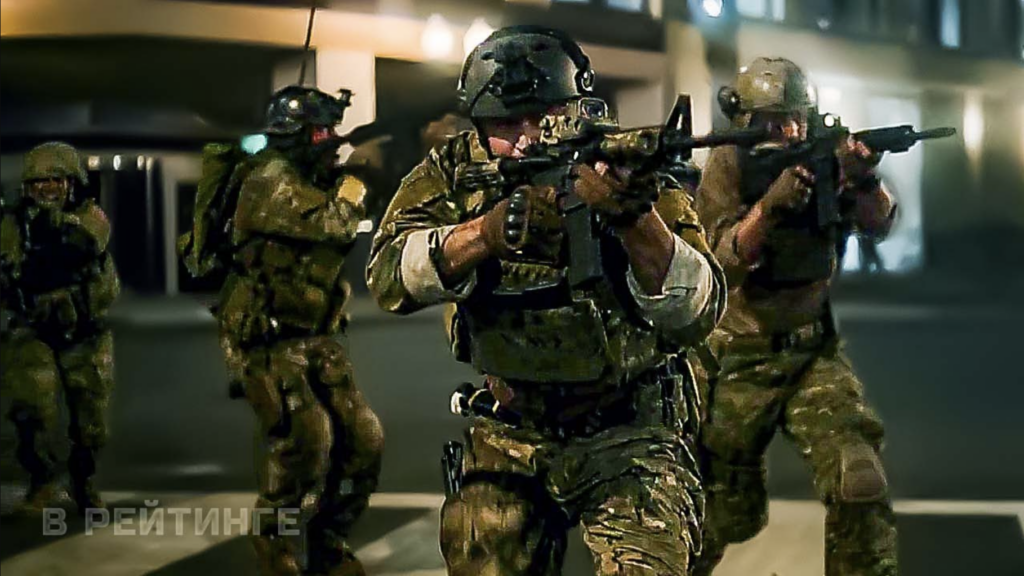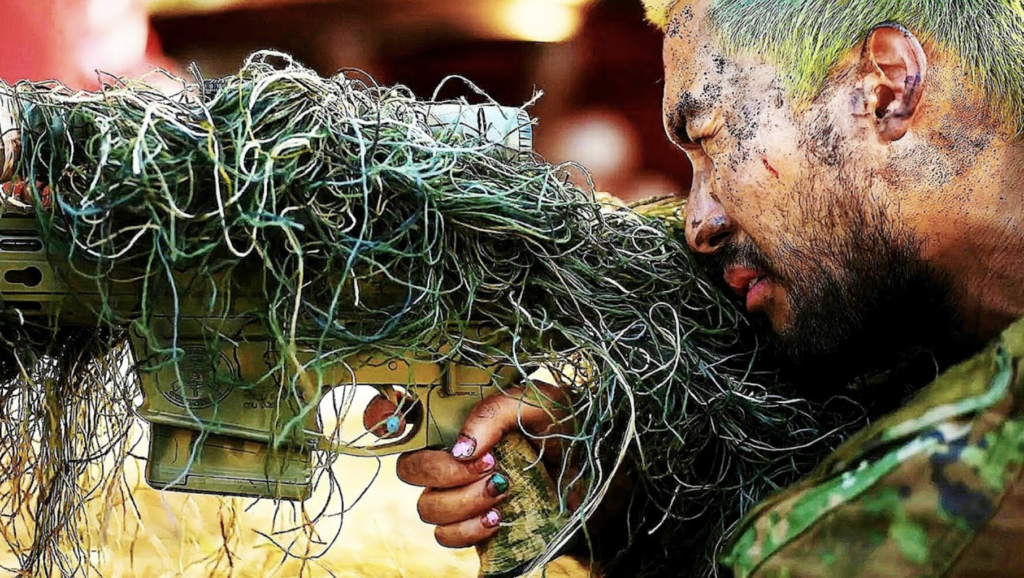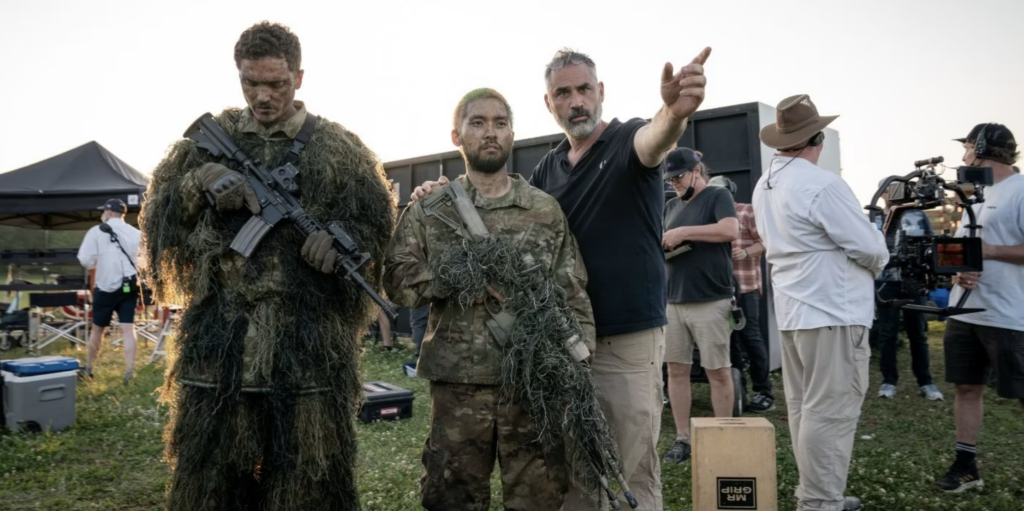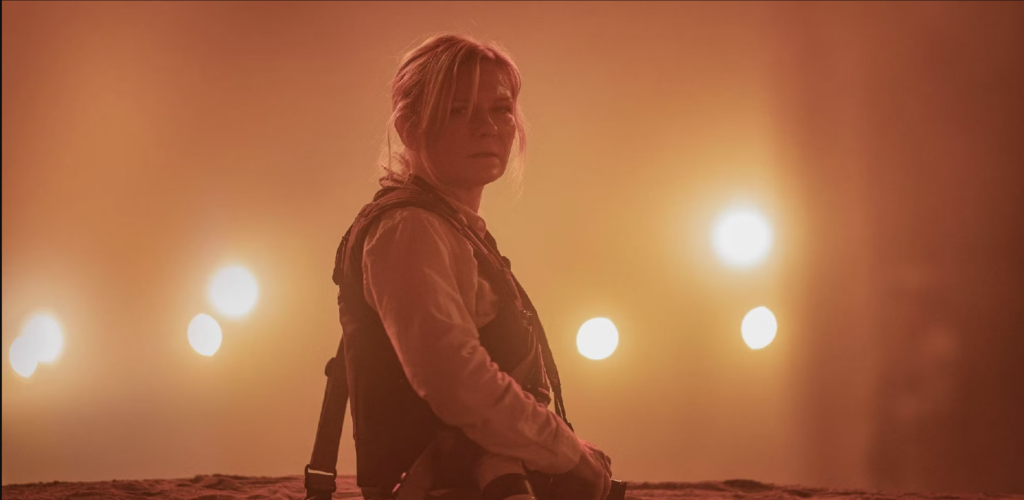The ending of the film Fall of an Empire explained. Although his work is usually categorized as "science fiction", the stories and themes that writer/director Alex Garland has addressed throughout his career have been quite prophetic. As a screenwriter, Garland addressed the dangers of a global pandemic in the game-changing zombie film 28 Days Later, addressed the reality of the climate crisis in the space opera Inferno, and tackled the issue of police brutality in his revisionist superhero action film Judge Dredd. As a director, Garland explored the reality of artificial intelligence in the sci-fi thriller Ex Machina and the concept of alternate realities in the underrated miniseries Dev. In Fall of an Empire, Garland created a witty exploration of internal conflict that is eerily similar to recent events in American history. Although it is unpleasant to watch, Fall of an Empire ends on a heartfelt note that addresses the systemic problem of American disunity.
What will Fall of an Empire be about?

Set in the near future, Fall of an Empire depicts a version of America in which the United States is in the midst of a massive conflict. While most of the northeastern states remained loyal to the Union and the US President (Nick Offerman), the "Florida Alliance" of the southern states and the "Western Force" of Texas and California attempted to secede and declare themselves independent. Unwilling to cooperate with the proposed terms of the stalemate, the President began bombing domestic targets and increasing the US military presence throughout the country.
Even as insurgent factions appear to be launching a full-scale attack on the White House in Washington, a group of journalists makes a desperate attempt to interview the President before it is too late. Acclaimed photojournalist Lee Smith (Kirsten Dunst) has earned national recognition for her outstanding work capturing images of a war-torn country. She is accompanied by fellow Florida resident Joel (Wagner Moura) and veteran New York Times reporter Sammy (Stephen McKinley Henderson). During the team's short stay in New York, Lee is approached by aspiring photographer Jessie (Kylie Spaeny), who considers Lee one of her heroes. Although Lee is resistant to the idea of taking a young recruit with him on such a dangerous mission, Joel decides to let her join them on their trip to the capital.
We recommend: Release date for The Lord of the Rings: War of the Rohirrim
Throughout the journey, the journalists encounter shocking manifestations of urban warfare between various military units. In a refugee town en route to Charlottesville, they are joined by Hong Kong reporters Tony (Nelson Lee) and Bohai (Evan Lai), but both of their colleagues are brutally murdered by a military leader (Jesse Plemons) who is unwilling to tolerate anyone who is not American. Apparently, the mad soldier and his followers execute Joel, Lee and Jesse as they have collected evidence that the militia is burying their victims in a mass grave. Although Sammy manages to save them by fighting his way through the soldiers, he is mortally wounded and dies during the car ride. While Lee suffers from severe post-traumatic stress, Jesse begins to work even harder to capture powerful images of the war. She wants to prove that she is "worthy" in Lee's eyes by finding the "perfect shot."
The Fall of an Empire ends in a shocking battle at the White House

After the death of Sammy Lee, Joel and Jesse arrive at the Western Forces base in Charlottesville. From British reporter Anya (Sonoya Mizuno), they learn that the rebels are preparing to storm the capital and execute the fictional US President, who is portrayed as a dictator no different from America's 45th Commander in Chief. The journalists follow Western troops and are caught in a brutal battle near the White House, where rebel soldiers exchange fire with Secret Service officers. Although several cars leave the building, Lee realizes that it is a bait meant to lure out the soldiers and decides to enter the White House.
When journalists infiltrate the White House, rebel soldiers refuse to accept attempts by the President's security detail to surrender, leading to another fierce firefight. Finding herself almost pinned down by enemy fire, Jessie saves Lee, who is killed by an accidental shot. Jesse manages to photograph Lee moments before his death, capturing the death of his “hero” in great detail. A powerful journalistic moment is interrupted when Joel joins the rebels and enters the Oval Office.
After surrounding the President, the soldiers give Joel the opportunity to ask him questions for his upcoming article. Traumatized and angered by Lee's death, Joel refuses a full interview and simply asks the President for a quote. While he desperately begs for his life, the president is executed in cold blood by Western troops. Shots of soldiers standing over the president's corpse are shown over the closing credits, with Suicide's "Keep Your Dreams" playing in the background, which is particularly unsettling.
What is Alex Garland talking about in Fall of an Empire?

Judging the intentions of Fall of an Empire is tricky, as many of Garland's best projects to date require multiple viewings to be fully understood on a thematic level. Although the film can be seen as a warning about the prospects of division, Civil War is largely vague in its characterization of the political leanings of the various factions. The notion of impartiality somehow makes the film even more unsettling as it contains footage of iconic American landmarks such as the Statue of Liberty.
Although Garland has admitted to a lack of enthusiasm for the state of the film industry, Fall of an Empire is an incendiary work of fiction that is sure to spark heated debate. It's easy to criticize the graphic nature of the film's plot, but it's also hard to deny the visceral impact of the narrative that Garland presents.
We recommend: TV series Chucky season 3: summary

